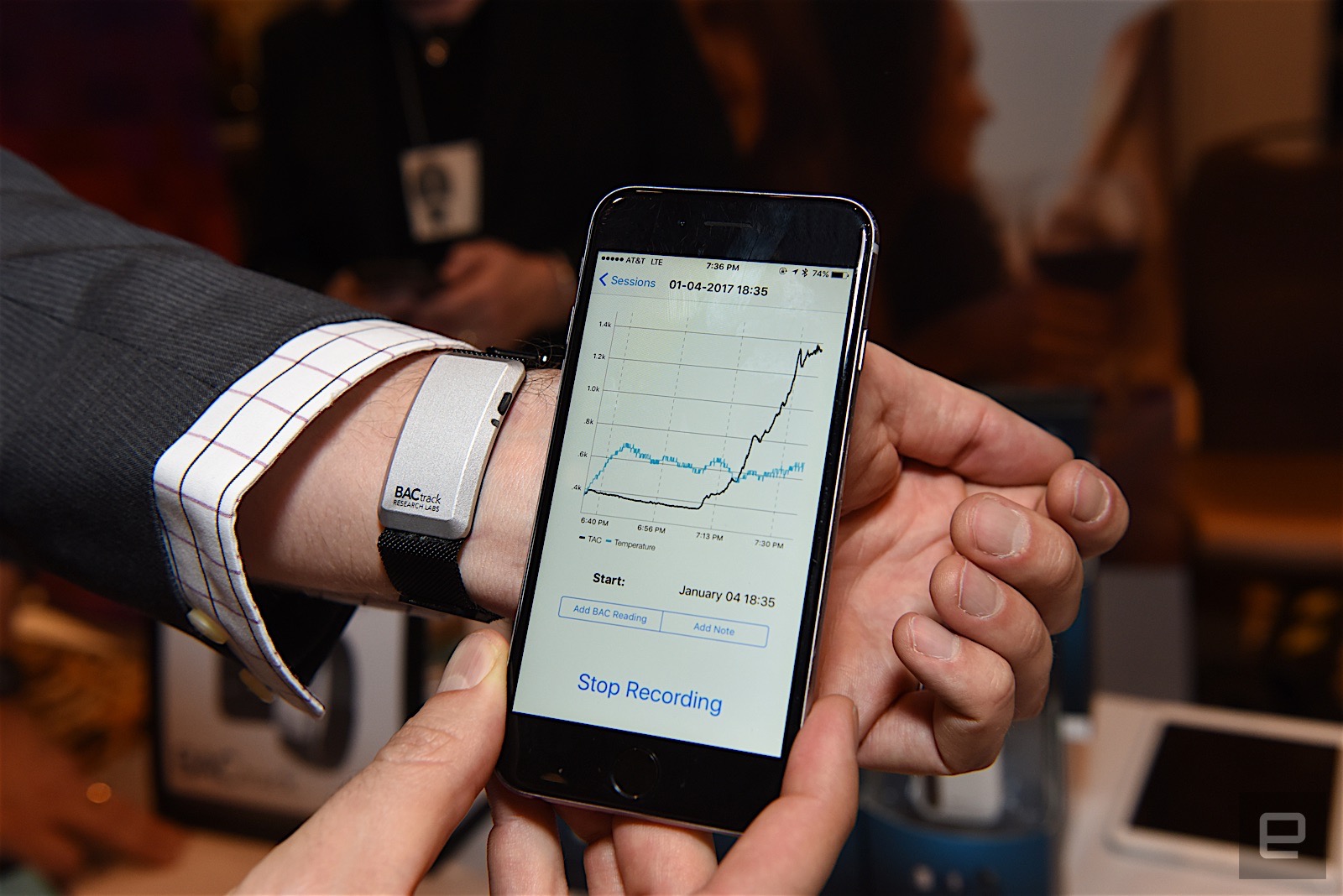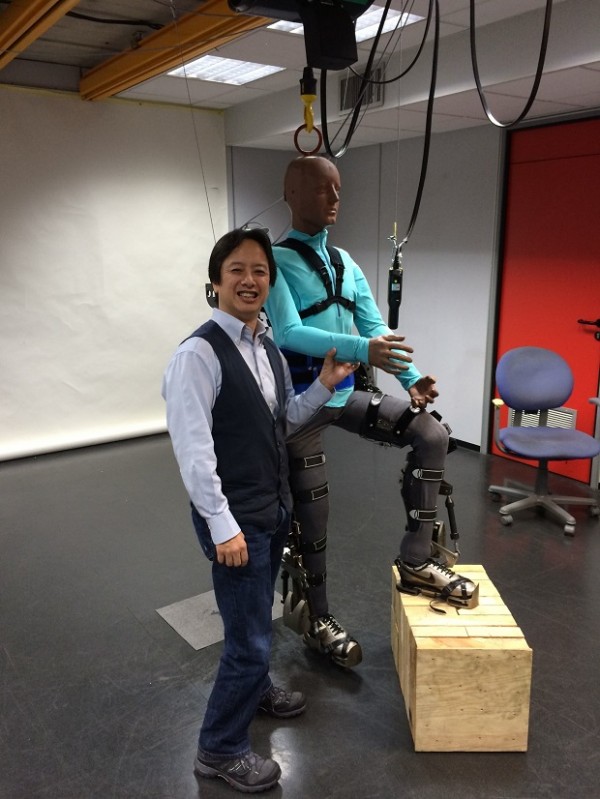Sports are no longer exclusive for people with perfect bodies, as the eight paraplegics wearing exo-skeletons will demonstrate today, while kicking off the FIFA World Cup 2014 championship in Brazil.
The similarities between the exo-skeletons that these paralyzed persons will wear today and the one worn by Tony Stark as Iron Man arise from the fact that both are brain-controlled. Other than that, the designs differ quite a lot.
Prof. Gordon Cheng at Technische Universität München explained how the idea of building such exo-skeletons came after a collaboration with Prof. Miguel Nicolelis of Duke University and the International Institute for Neurosciences of Natal, Brazil: “Miguel set up a monkey walking on a treadmill in North Carolina, and then I made my humanoid robot [which you can see in the above picture] walk with the signal in Kyoto. Our brains are very adaptive in the way that we can extend our embodiment to use tools, as in driving a car or eating with chopsticks. After the Kyoto experiment, we felt certain that the brain could also liberate a paralyzed person to walk using an external body.”
The Walk Again Project includes 100 researchers from all over the globe, Cheng being a team leader with a noble scope: “It’s a key societal endeavor that we want to accomplish, to enable someone to walk again after they have been paralyzed for many years.”
Cheng pointed out that there’s a lot of room for future improvements, and the team won’t stop here: “This is one big milestone, a demonstration of what science can really do for somebody, but we still have a lot to do. We should be able to make the exoskeleton cheaper, more agile, more diverse for the patient. I think we’ll be able to invest another 10 years on this, and it’s a worthy effort. Also, I see it as a great tribute to all the patients’ hard work and their bravery!”
The idea of helping paralyzed people enjoy life again by helping them walk would’ve been absurd a few decades ago, and pure heresy or witchcraft a few centuries ago. However, it is now quite clear that the only source of miracles is represented by science and the researchers that put a lot of time and thinking into creating such innovative concepts.
Be social! Follow Walyou on Facebook and Twitter, and read more related stories about the powered jacket MK3 exoskeleton that helps schoolgirls fight bullies and the HAL-5 exoskeleton robot suit.

 How do you identify one molecule among tens of thousands? Traditionally, scientists dye molecules in various colors. But what if each individual molecule had its own unique identifier? Researchers at Duke University are trying to make that a reality...
How do you identify one molecule among tens of thousands? Traditionally, scientists dye molecules in various colors. But what if each individual molecule had its own unique identifier? Researchers at Duke University are trying to make that a reality...
 How do you identify one molecule among tens of thousands? Traditionally, scientists dye molecules in various colors. But what if each individual molecule had its own unique identifier? Researchers at Duke University are trying to make that a reality...
How do you identify one molecule among tens of thousands? Traditionally, scientists dye molecules in various colors. But what if each individual molecule had its own unique identifier? Researchers at Duke University are trying to make that a reality...
 Dialysis, a common treatment for kidney disease, is far from pleasant, and companies and researchers are constantly working to improve the process. Now, researchers from Humacyte Inc., Duke University and Yale think they're one step closer to using b...
Dialysis, a common treatment for kidney disease, is far from pleasant, and companies and researchers are constantly working to improve the process. Now, researchers from Humacyte Inc., Duke University and Yale think they're one step closer to using b...
 At 7pm the exhibition center's doors opened and hordes of journalists broke through the velvet rope line holding them at bay. They rushed down broad, carpeted hallways, deftly ignoring the staff's pleas for calm and demands for proper identification....
At 7pm the exhibition center's doors opened and hordes of journalists broke through the velvet rope line holding them at bay. They rushed down broad, carpeted hallways, deftly ignoring the staff's pleas for calm and demands for proper identification....





